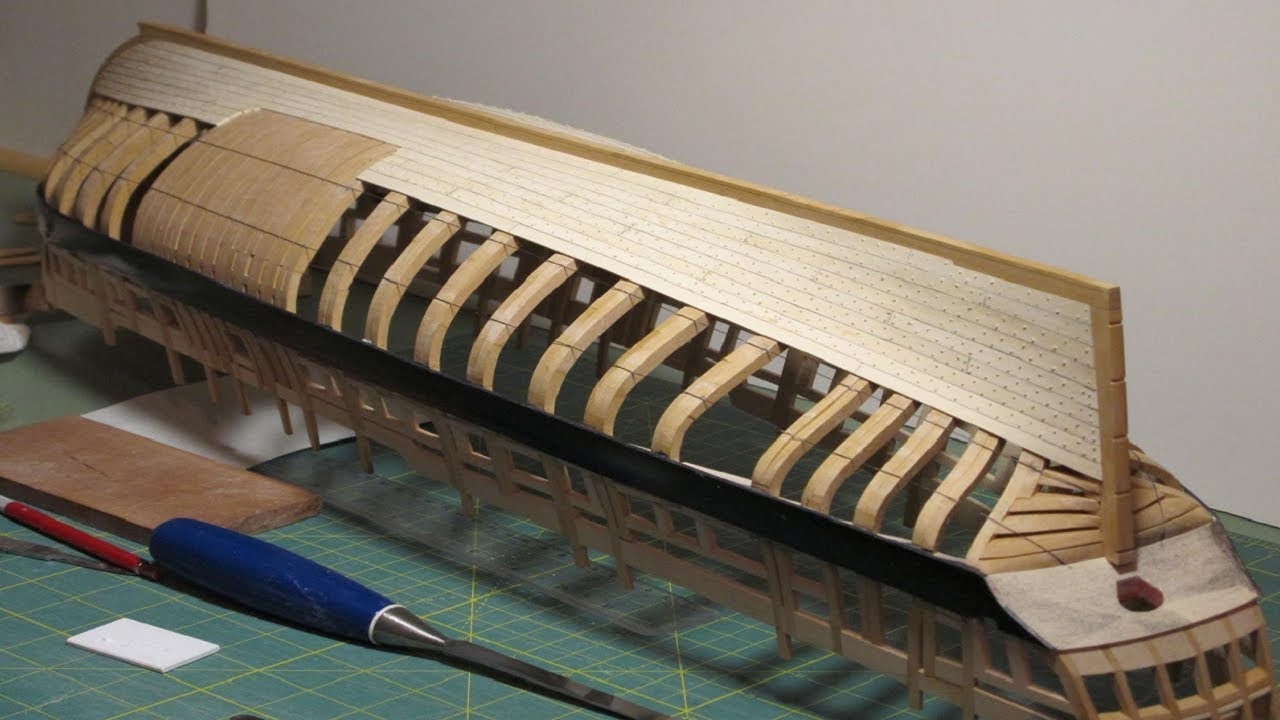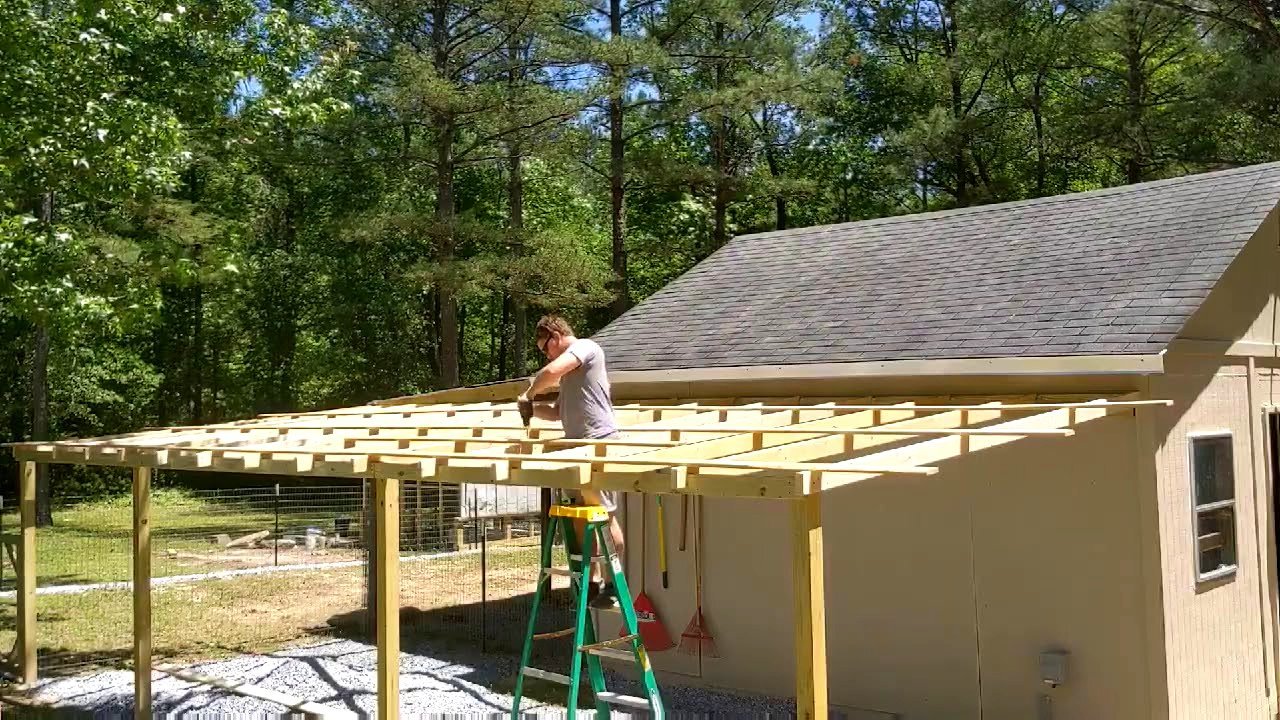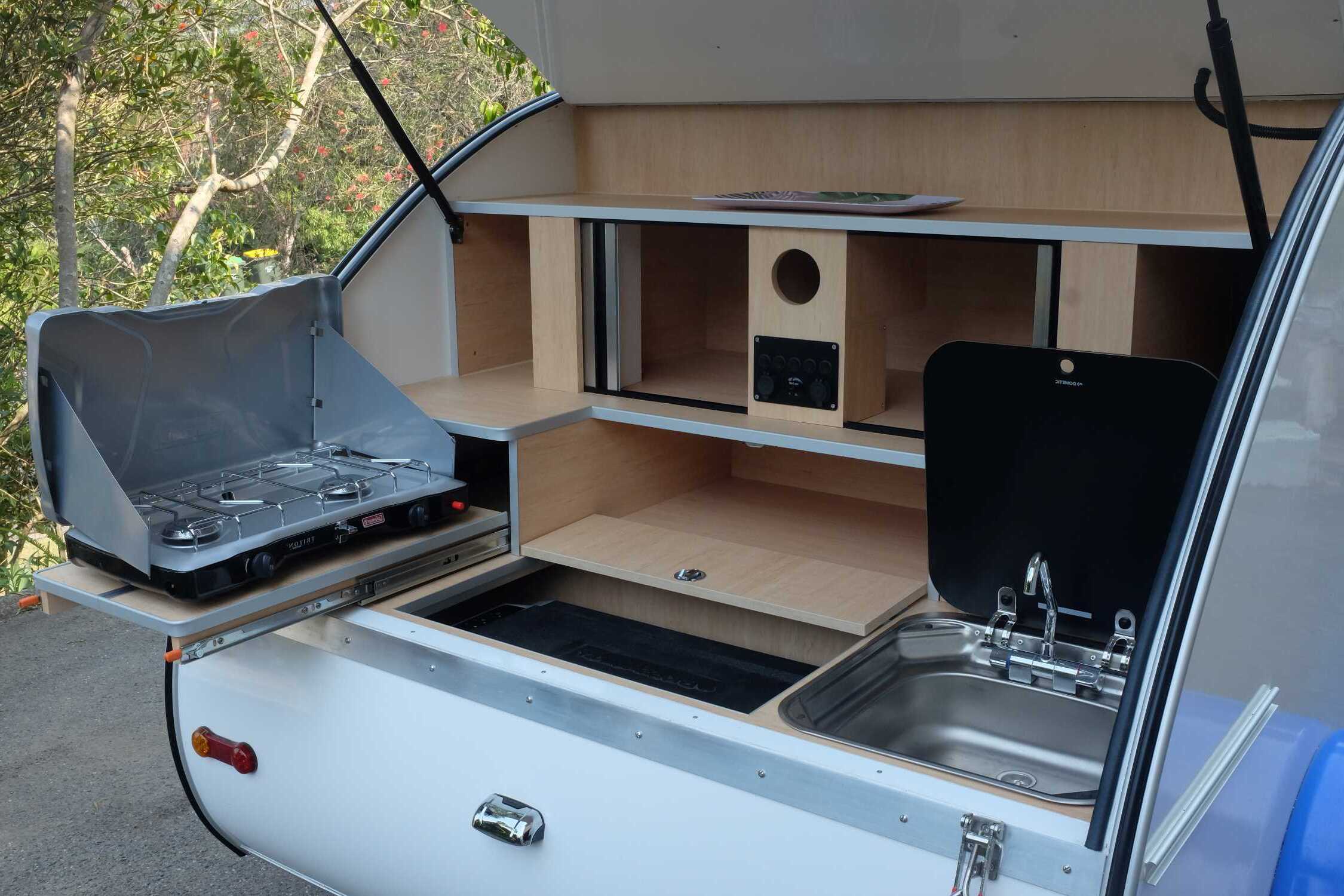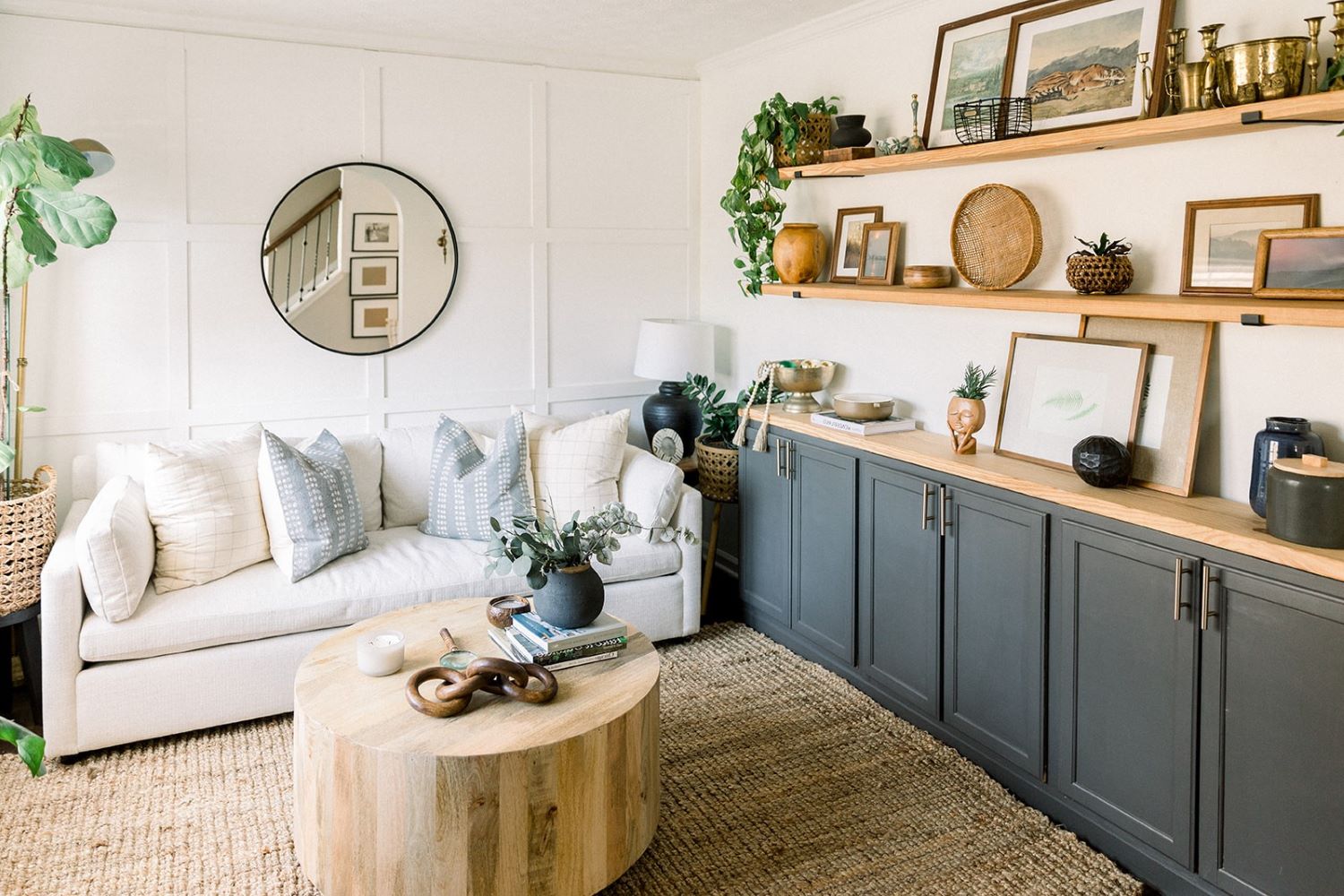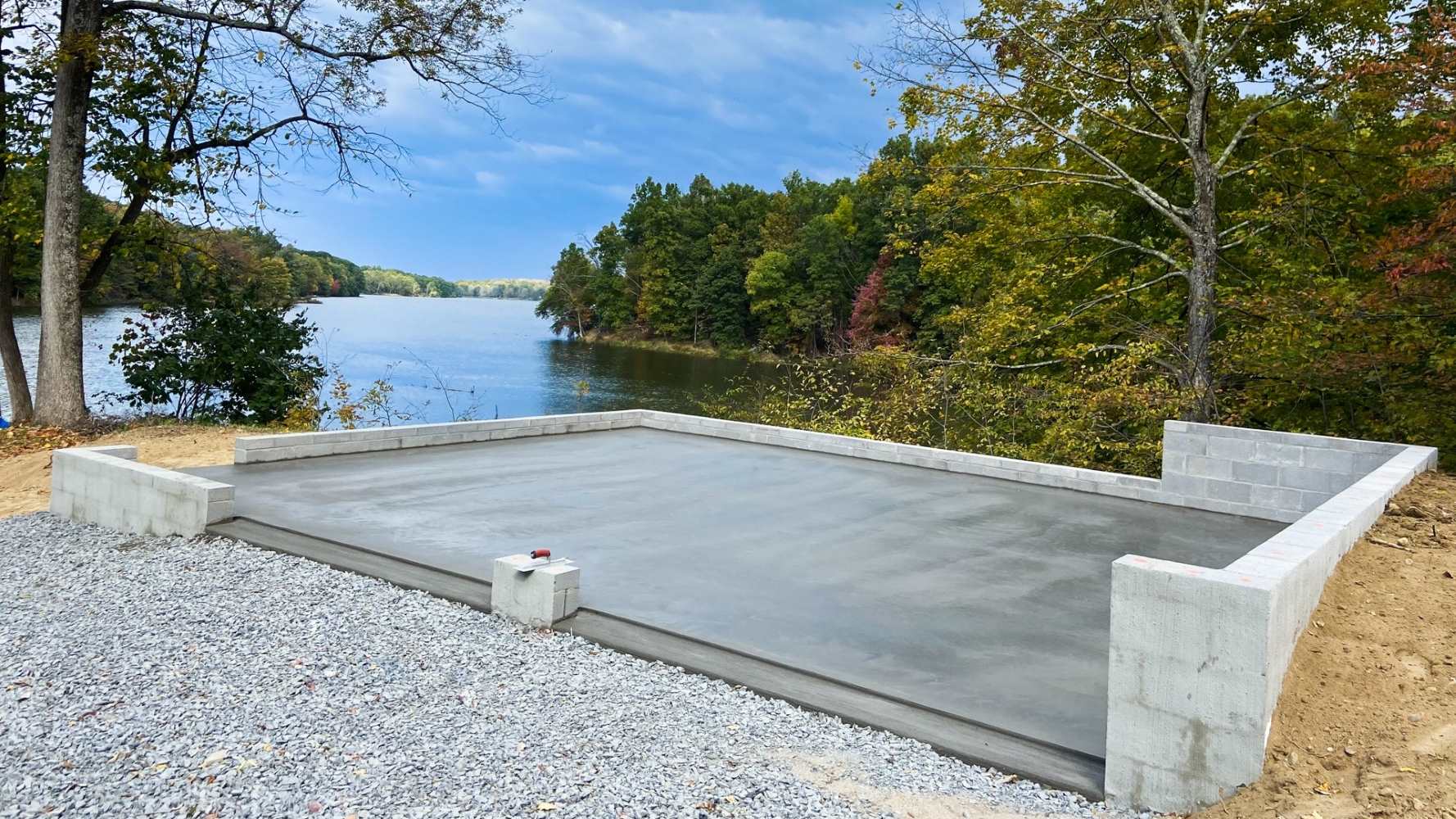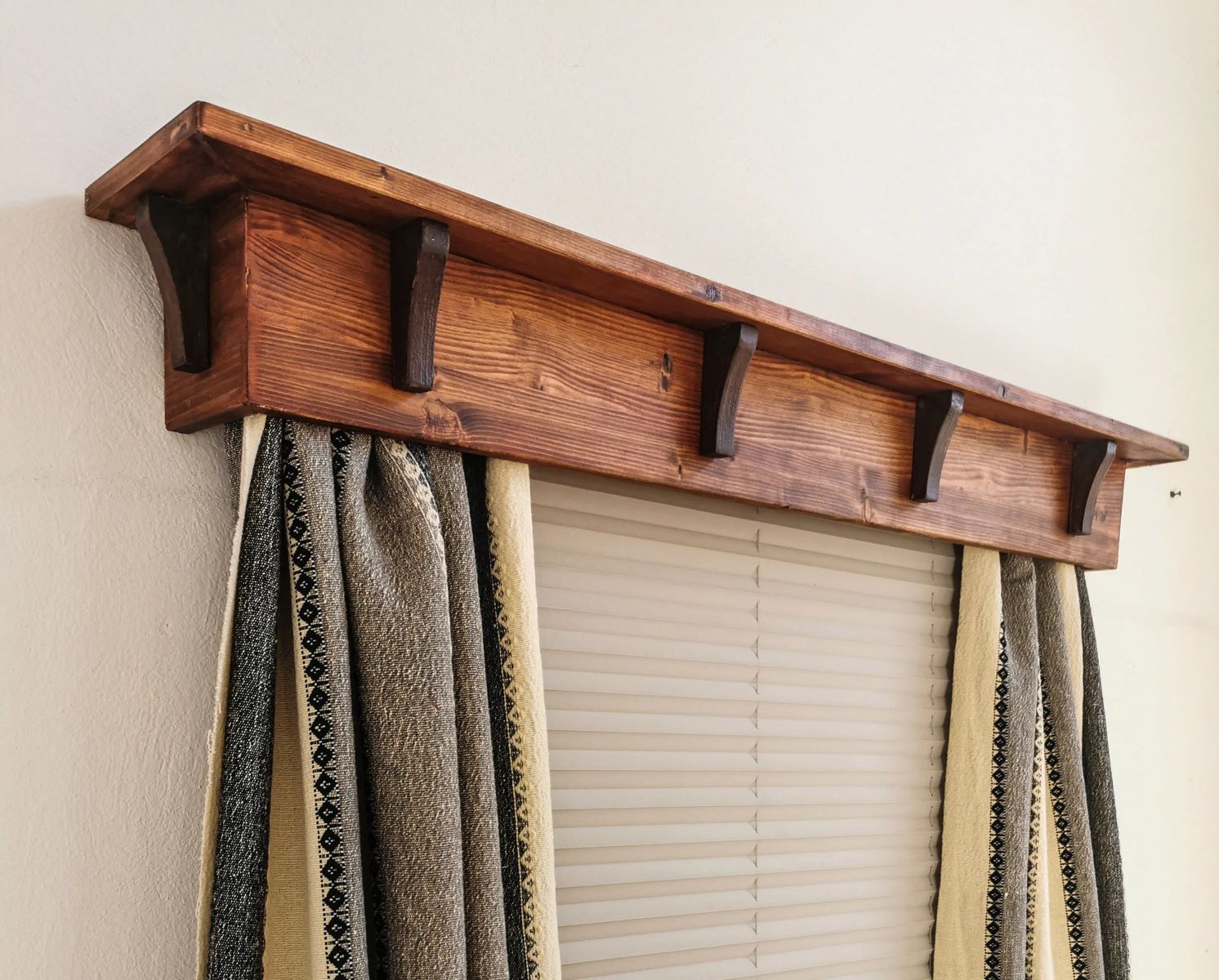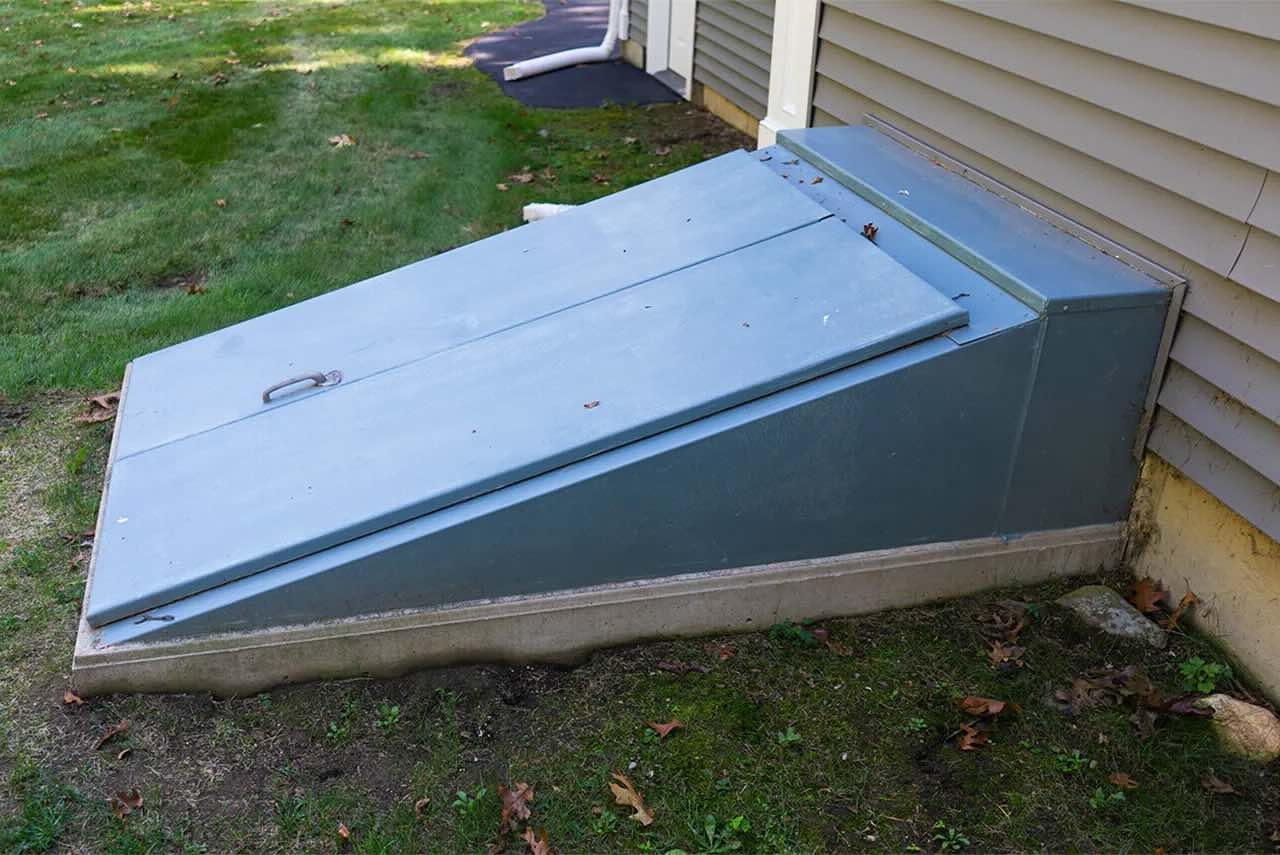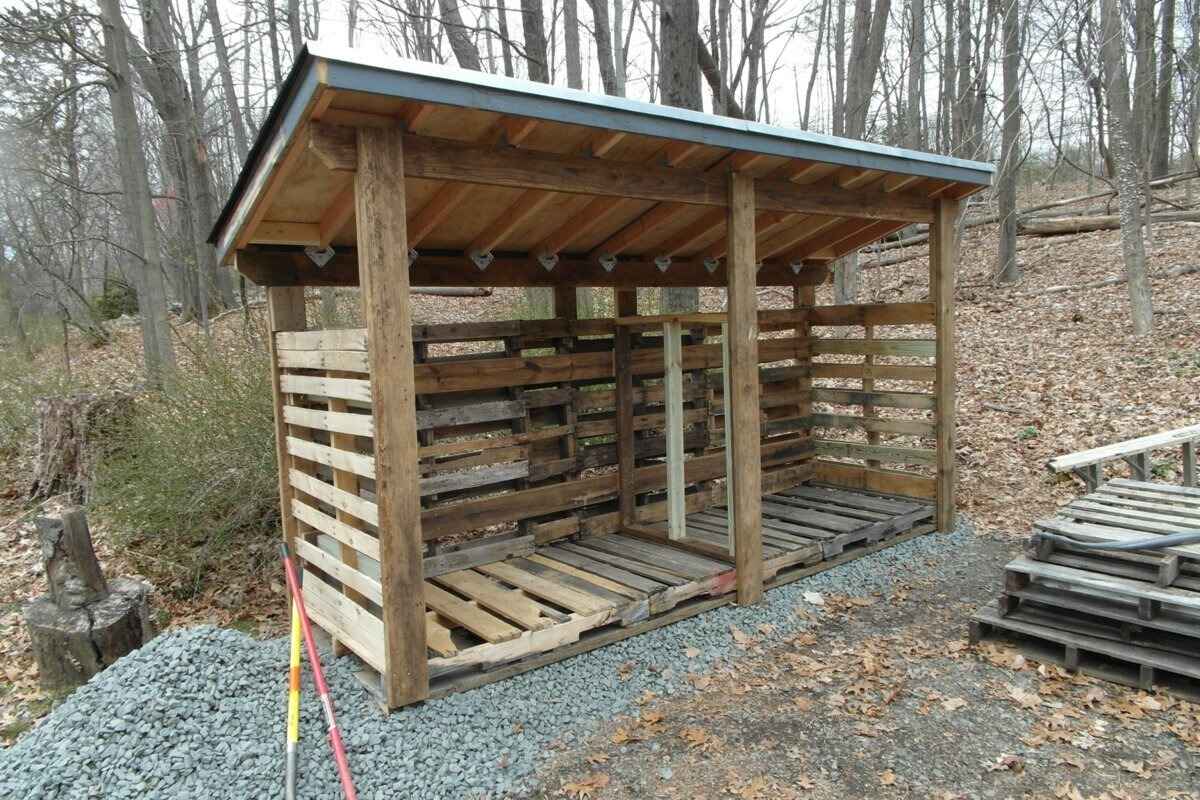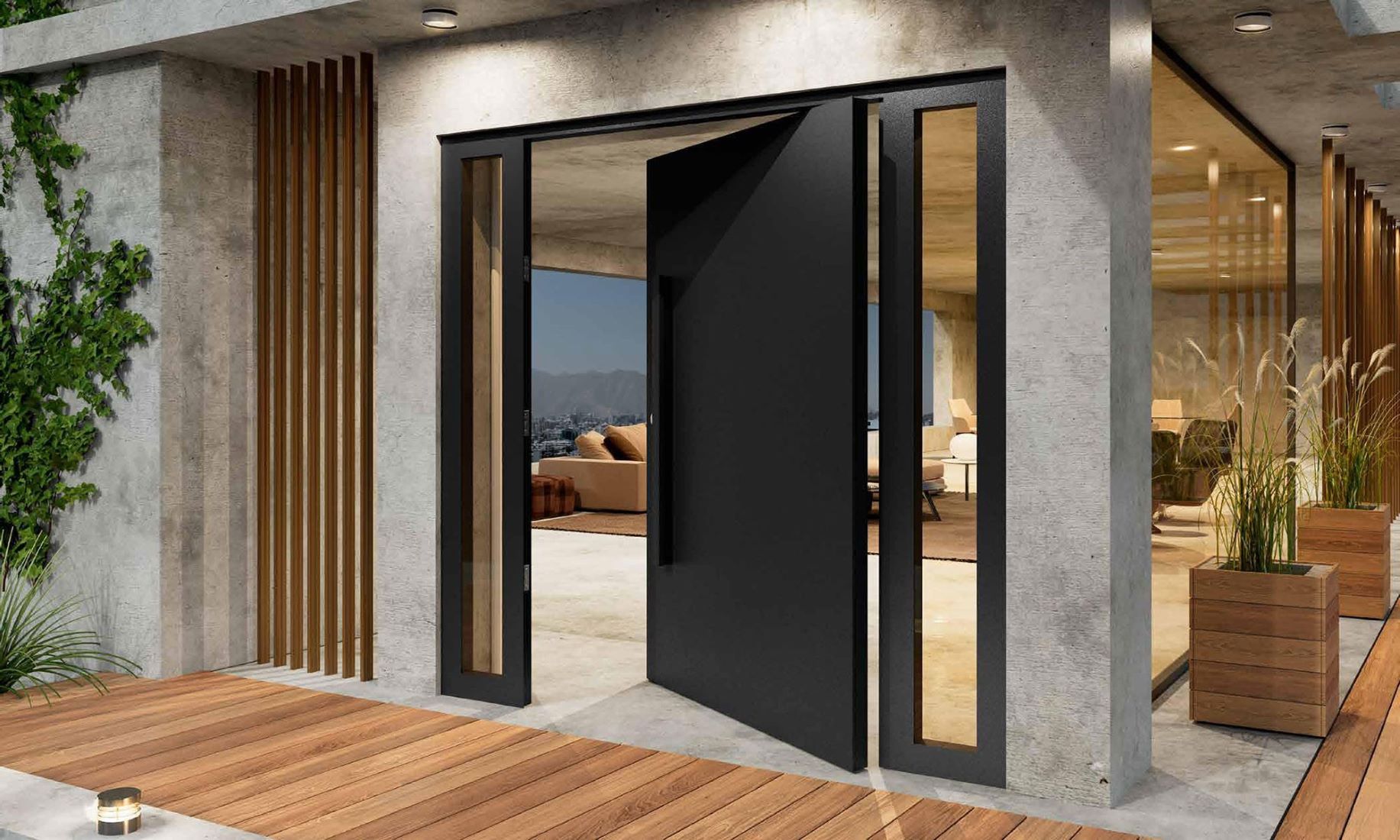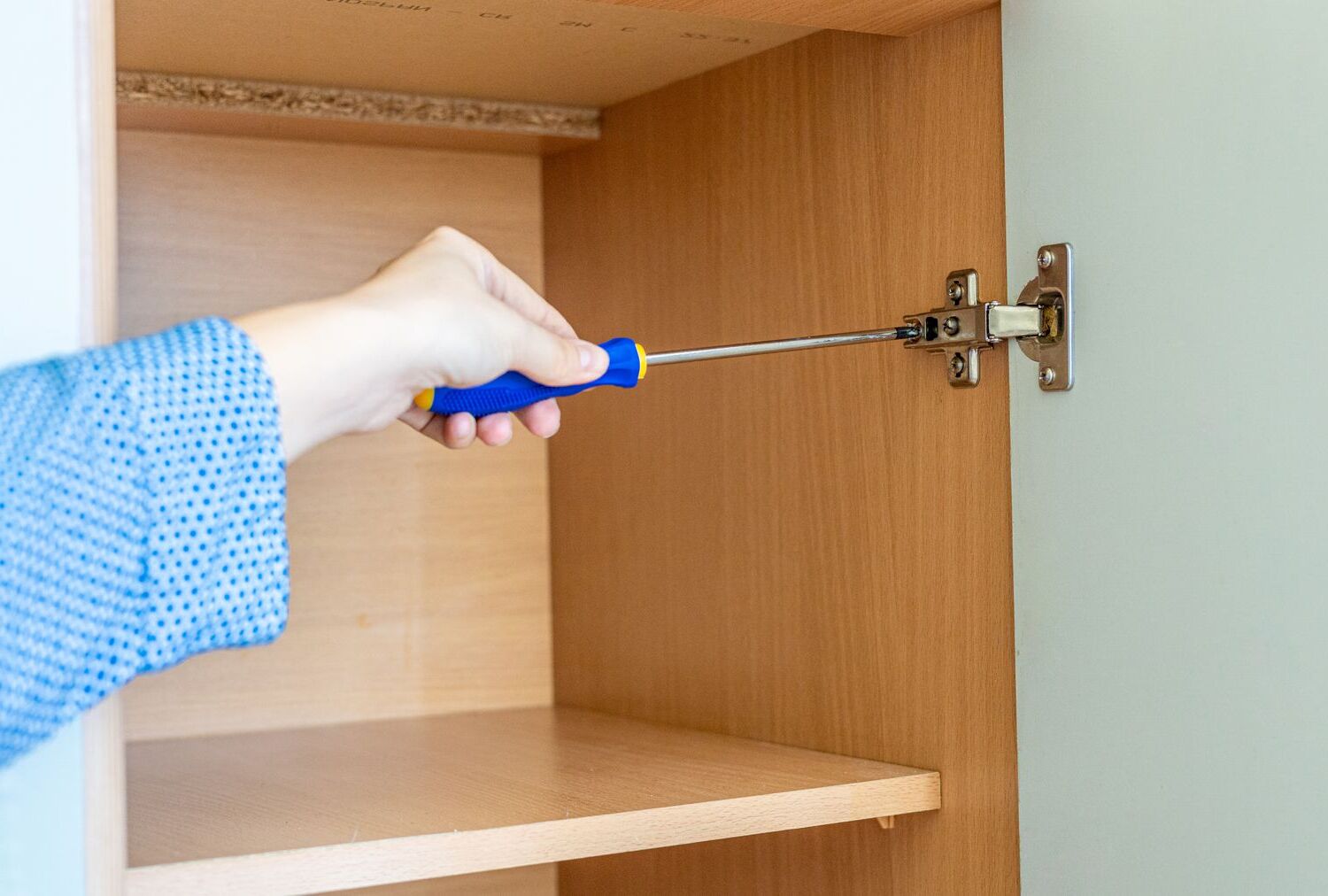Home>Create & Decorate>DIY & Crafts>DIY: Building Horse Stalls
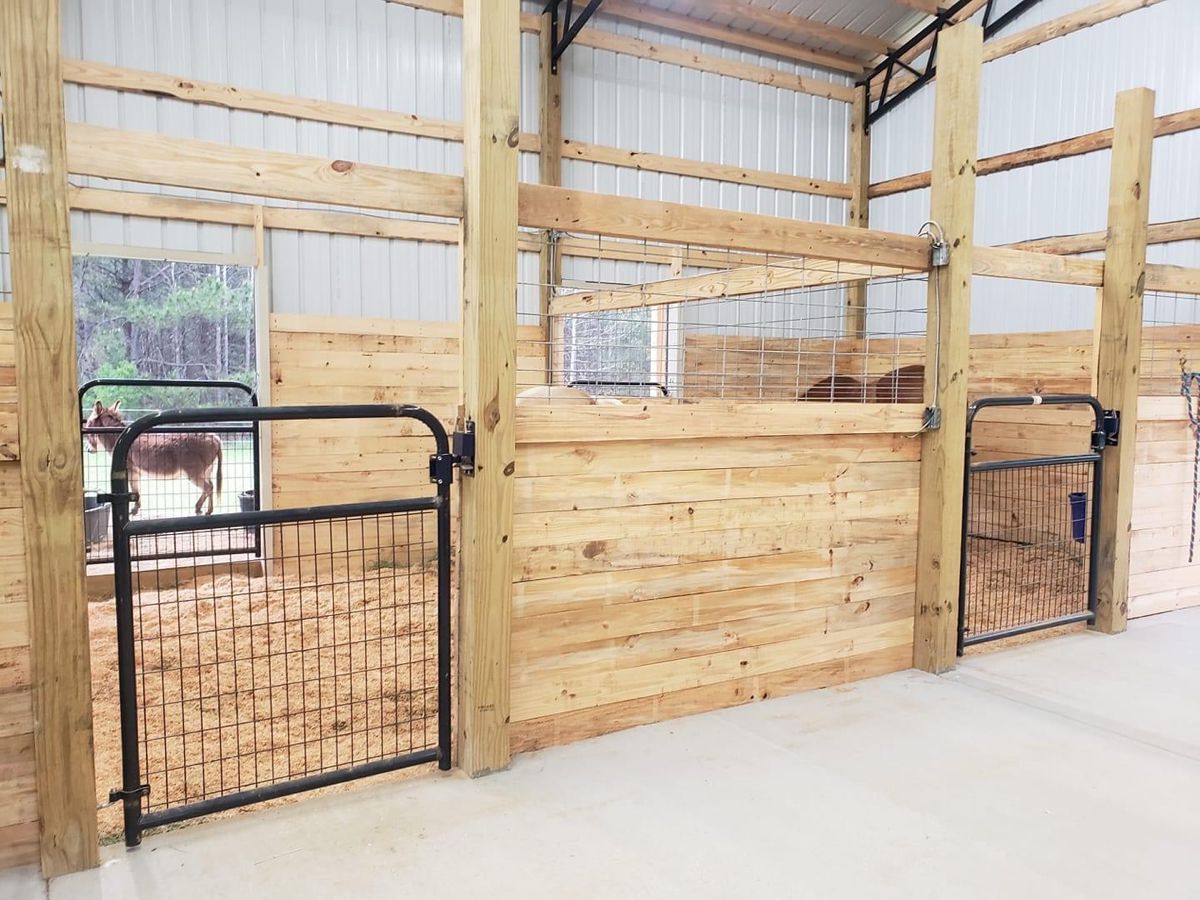

DIY & Crafts
DIY: Building Horse Stalls
Published: June 7, 2024

Content Creator specializing in woodworking and interior transformations. Caegan's guides motivate readers to undertake their own projects, while his custom furniture adds a personal touch.
Discover how to build custom horse stalls with our step-by-step DIY guide. Get creative with our DIY & Crafts tips for a personalized touch. Start your project today!
(Many of the links in this article redirect to a specific reviewed product. Your purchase of these products through affiliate links helps to generate commission for Twigandthistle.com, at no extra cost. Learn more)
Introduction
Are you a horse owner looking to create a comfortable and safe space for your equine friends? Building horse stalls can be a rewarding and practical DIY project. Whether you're a seasoned DIY enthusiast or a beginner, constructing horse stalls can be a fulfilling endeavor that provides a secure and comfortable environment for your horses. In this guide, we'll walk you through the essential steps and considerations for building horse stalls that meet your horses' needs while complementing your property. Let's saddle up and get started on this exciting project!
Read more: How To Build A Horse Fence
Planning and Designing Your Horse Stalls
When planning and designing your horse stalls, it's crucial to consider the comfort and safety of your horses. Here are some essential steps to guide you through the process:
-
Space and Layout: Determine the number of stalls you need based on the number of horses you own. Consider the size of each stall, ensuring that it provides enough space for the horse to move comfortably. A standard size for a horse stall is 12×12 feet, but this can vary based on the size and breed of your horses.
-
Ventilation and Lighting: Adequate ventilation and natural lighting are essential for the well-being of your horses. Plan for windows or vents to allow fresh air to circulate and natural light to enter the stalls.
-
Safety and Security: Prioritize the safety of your horses by designing sturdy and secure stalls. Use durable materials and ensure that there are no sharp edges or protruding objects that could potentially harm the horses.
-
Accessibility: Consider the ease of access for feeding, cleaning, and veterinary care. Design the layout in a way that allows for convenient movement and care of the horses.
-
Material Selection: Choose high-quality, durable materials for the construction of the stalls. From the walls to the flooring, select materials that are easy to clean and maintain, while also providing comfort for the horses.
-
Aesthetics: While functionality is key, you can also incorporate aesthetic elements into the design. Consider the overall look of the stalls and how they blend with the surrounding environment.
By carefully planning and designing your horse stalls, you can create a space that promotes the well-being and comfort of your horses while also aligning with your property's layout and aesthetics.
Materials and Tools Needed
Before embarking on the construction of horse stalls, it's essential to gather the necessary materials and tools to ensure a smooth and efficient building process. Here's a comprehensive list of the items you'll need:
Materials
-
Lumber: Purchase high-quality lumber for constructing the stall walls, partitions, and doors. Opt for pressure-treated wood to withstand the rigors of the equine environment.
-
Hardware: Invest in durable hardware such as hinges, latches, and screws for assembling the stall components securely.
-
Stall Flooring: Choose appropriate stall flooring materials such as rubber mats or stall mats to provide a comfortable and non-slip surface for the horses.
-
Bedding: Stock up on suitable bedding materials such as straw, shavings, or sawdust to keep the stalls clean and provide cushioning for the horses.
-
Ventilation: Purchase vents or windows to ensure proper air circulation within the stalls, contributing to the horses' respiratory health.
-
Fencing: If your stalls are part of a larger barn or enclosure, consider the fencing materials needed to create secure and separate spaces for the horses.
-
Finishing Materials: Depending on your design preferences, you may need paint or stain to finish the stall surfaces and enhance their appearance.
Tools
-
Power Saw: A reliable power saw will be essential for cutting lumber to the required dimensions for the stall construction.
-
Drill and Bits: Invest in a quality drill and a selection of drill bits for assembling the stall components and installing hardware.
-
Level: Ensure the accuracy of your construction by using a level to keep the stall walls and partitions plumb and straight.
-
Tape Measure: A tape measure is indispensable for taking precise measurements and ensuring the proper alignment of stall components.
-
Hammer and Nails: Stock up on a variety of nails and a sturdy hammer for securing the lumber and other materials during construction.
-
Safety Gear: Prioritize safety by having protective gear such as gloves, goggles, and ear protection for the construction process.
-
Wheelbarrow: If you're using loose bedding materials, a wheelbarrow will be handy for transporting and distributing the bedding within the stalls.
By ensuring that you have all the necessary materials and tools at your disposal, you can streamline the construction process and create horse stalls that are both functional and durable.
Read more: DIY: Build A Run-In Shed For Horses
Step-by-Step Construction Process
-
Prepare the Site: Begin by clearing and leveling the area where the horse stalls will be constructed. Ensure that the ground is stable and provides a suitable foundation for the stalls.
-
Set the Posts: Mark the locations for the stall posts and use a post hole digger to create holes for the posts. Position the posts securely in the holes and use a level to ensure they are plumb and properly aligned.
-
Construct the Walls: Cut the lumber to the required dimensions for the stall walls and partitions. Secure the lumber to the posts using appropriate hardware, ensuring that the walls are sturdy and well-anchored.
-
Install the Doors: If your design includes stall doors, carefully install them using heavy-duty hinges and secure latches. The doors should open and close smoothly while providing security for the horses.
-
Add Flooring and Bedding: Lay down the chosen stall flooring material, whether it's rubber mats or stall mats, to create a comfortable and non-slip surface for the horses. Then, add the bedding material to provide cushioning and maintain cleanliness within the stalls.
-
Incorporate Ventilation: Install vents or windows to facilitate proper air circulation within the stalls. Adequate ventilation is essential for the horses' respiratory health and overall well-being.
-
Finishing Touches: If desired, apply a coat of paint or stain to the stall surfaces to enhance their appearance and protect the wood from environmental elements. Ensure that any finishing materials used are safe for the horses.
-
Inspect and Secure: Thoroughly inspect the completed stalls to ensure that all components are securely in place and that there are no potential hazards for the horses. Make any necessary adjustments or reinforcements to guarantee the safety and functionality of the stalls.
By following these step-by-step guidelines, you can effectively construct horse stalls that provide a secure and comfortable environment for your equine companions.
Adding Finishing Touches
After completing the primary construction of the horse stalls, it's time to add the finishing touches that will enhance both the functionality and aesthetics of the space. Here are the essential steps for adding those final details:
-
Apply Protective Coating: If you've opted for a natural wood finish, consider applying a protective coating such as varnish or sealant to the stall surfaces. This not only adds a layer of protection against moisture and wear but also brings out the natural beauty of the wood.
-
Install Feeders and Waterers: Incorporate feeders and waterers within the stalls to provide easy access to food and water for the horses. Ensure that these fixtures are securely installed and positioned at a convenient height for the horses to reach.
-
Add Stall Nameplates: For a personalized touch, consider adding nameplates to each stall, displaying the names of the horses that will occupy them. This not only adds a decorative element but also helps in identifying individual stalls.
-
Implement Storage Solutions: If space allows, consider adding storage solutions within the stalls for storing grooming tools, tack, and other horse-related equipment. Wall-mounted hooks or shelves can help keep the space organized and functional.
-
Incorporate Stall Guards: Stall guards can be added to provide a barrier at the stall entrance while allowing for increased airflow and visibility. This is particularly useful for creating a semi-open environment within the stalls.
-
Enhance Lighting: Install suitable lighting fixtures within the stalls to ensure visibility during low-light conditions. Consider energy-efficient and durable lighting options that are safe for use in equine environments.
-
Personalize with Décor: Add a personal touch to the stalls with decorative elements such as equine-themed artwork, colorful buckets, or custom stall signs. These details can contribute to a welcoming and personalized atmosphere for both horses and owners.
By adding these finishing touches, you can elevate the functionality and visual appeal of the horse stalls, creating a space that is not only practical but also reflective of your care and consideration for your equine companions.
Maintenance and Upkeep of Horse Stalls
Maintaining and upkeeping horse stalls is essential for ensuring the well-being and safety of your equine companions. Regular maintenance not only prolongs the lifespan of the stalls but also contributes to a healthy and comfortable environment for the horses. Here are the key aspects to consider when it comes to the maintenance and upkeep of horse stalls:
Daily Cleaning and Bedding
- Remove Waste: Daily removal of manure and soiled bedding is crucial to maintain cleanliness and hygiene within the stalls. This not only prevents the buildup of odors but also reduces the risk of bacterial growth.
- Replace Bedding: Regularly replenish the bedding material to provide a clean and comfortable surface for the horses. This helps in absorbing moisture and maintaining a dry environment within the stalls.
Inspecting Stall Components
- Check for Wear and Damage: Routinely inspect the stall walls, flooring, and hardware for any signs of wear, damage, or loose components. Addressing these issues promptly can prevent accidents and ensure the structural integrity of the stalls.
- Repair and Replace: If any components show signs of wear or damage, such as loose boards or rusty hardware, make necessary repairs or replacements to maintain a secure and safe environment for the horses.
Ventilation and Air Quality
- Clear Obstructions: Ensure that vents and windows are free from obstructions to allow for proper air circulation within the stalls. Good ventilation is essential for minimizing dust and maintaining air quality.
- Clean Ventilation Fixtures: Periodically clean vents and windows to remove dust and debris, allowing for unobstructed airflow. This contributes to a healthier respiratory environment for the horses.
Structural Integrity
- Monitor Stability: Regularly check the stability of the stall walls, posts, and doors to ensure that they remain secure and plumb. Any signs of shifting or instability should be addressed promptly to prevent potential hazards.
- Maintain Flooring: Keep the stall flooring in good condition by repairing any uneven surfaces or damaged areas. This helps in preventing tripping hazards and ensures the comfort of the horses.
Pest Control
- Prevent Infestations: Implement measures to prevent pest infestations within the stalls, such as regular cleaning, sealing entry points, and using pest deterrents. Pests can not only be a nuisance but also pose health risks to the horses.
Regular Maintenance Schedule
- Create a Maintenance Calendar: Establish a regular schedule for stall maintenance tasks, including cleaning, inspections, and repairs. Consistent upkeep helps in identifying and addressing issues before they escalate.
By prioritizing the maintenance and upkeep of horse stalls, you can create a safe, clean, and comfortable environment for your horses, promoting their well-being and ensuring the longevity of the stall structures.
Conclusion
In conclusion, building horse stalls is a gratifying DIY project that allows horse owners to create a secure and comfortable space for their equine companions. By carefully planning and designing the stalls, gathering the necessary materials and tools, and following a step-by-step construction process, individuals can construct stalls that prioritize the well-being and safety of their horses. Adding finishing touches, such as protective coatings, feeders, and personalized décor, further enhances the functionality and aesthetics of the stalls. Additionally, maintaining and upkeeping the stalls through regular cleaning, inspections, and structural maintenance is crucial for ensuring a healthy and safe environment for the horses. With proper care and attention, horse stalls can serve as a valuable asset, providing a dedicated space where horses can thrive and receive the care they deserve.

